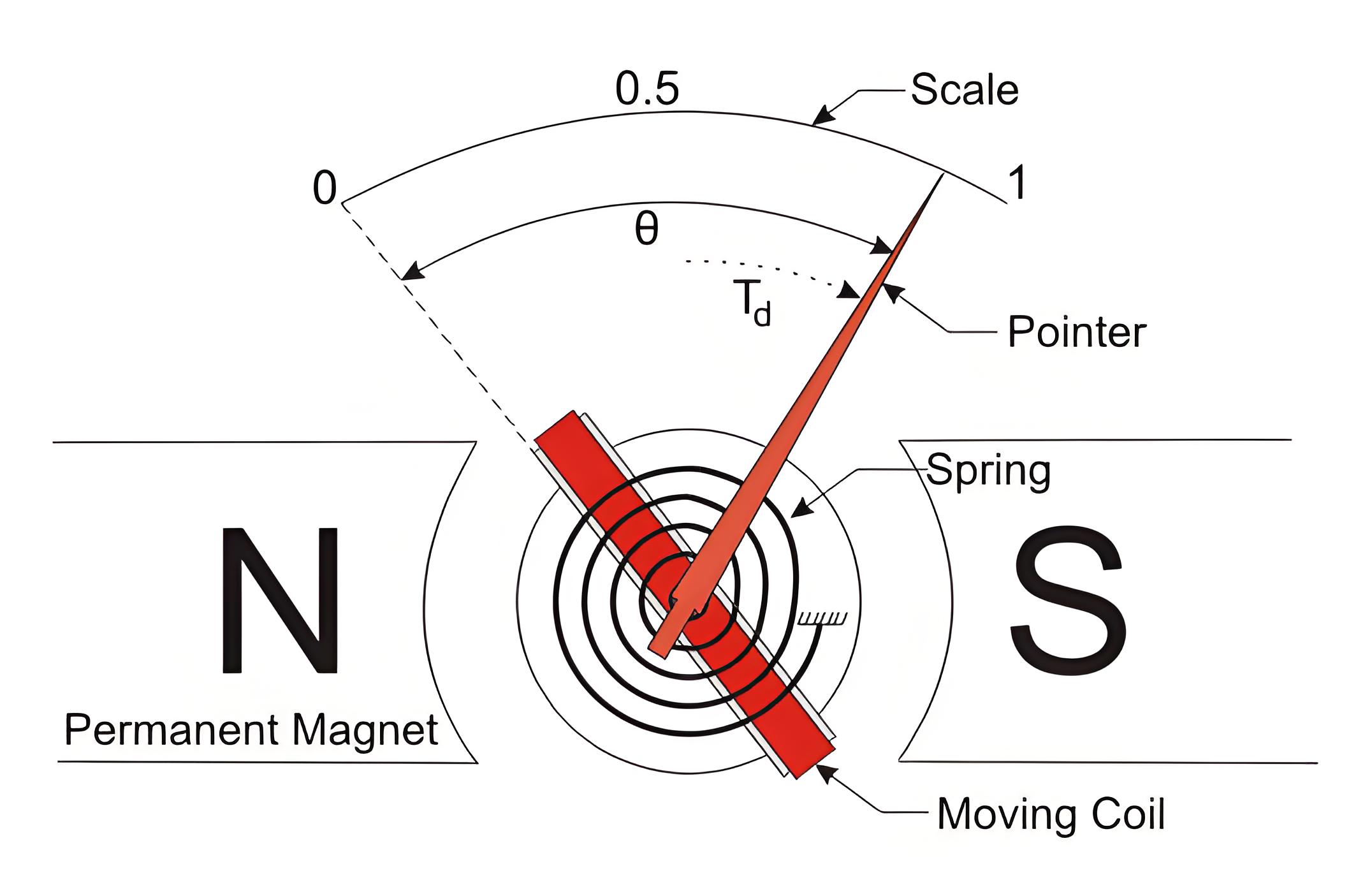What are Electrical Measuring Instruments?
What are Electrical Measuring Instruments?
Electrical Measuring Instruments Definition
An electrical measuring instrument is a tool used to measure electrical parameters.
Absolute Measuring Instruments
Absolute measuring instruments provide output based on the physical constants of the instruments. Examples include Rayleigh’s current balance and the Tangent galvanometer.
Secondary Measuring Instruments
Secondary measuring instruments are made using absolute instruments and are calibrated by comparing them to absolute instruments. They are used more often because absolute instruments take longer to operate.
Another way of classifying the electrical measuring instruments depends on the way they produce the result of measurements. On this basis they can be of two types.
Deflection Type Instruments
Deflection type instruments measure quantities by the pointer’s deflection. The value is determined by how far the pointer moves from its initial position. An example is the deflection type permanent magnet moving coil ammeter.

The diagram shown above has two permanent magnets which are called the stationary part of the instrument and the moving part which is between the two permanent magnets that consists of pointer. The deflection of the moving coil is directly proportion to the current. Thus the torque is proportional to the current which is given by the expression Td = K.I, where Td is the deflecting torque.
K is proportionality constant which depends upon the strength of the magnetic field and the number of turns in the coil. The pointer moves between forces from the spring and the magnets. It points in the direction of the resultant force. The current value is determined by the deflection angle (θ) and the constant (K).
Indicating Function
These instruments provide information regarding the variable quantity under measurement and most of the time this information are provided by the deflection of the pointer. This kind of function is known as the indicating function of the instruments.
Recording Function
These instruments usually use the paper in order to record the output. This type of function is known as the recording function of the instruments.
Controlling Function
This is function is widely used in industrial world. In this topic these instruments controls the processes.
Now there are two characteristics of electrical measuring instruments and measurement systems. They are written below:
Accuracy
Sensitivity
Reproducibility
Dynamic Characteristics
These characteristics are related with the rapidly changing quantities therefore in order to understand these types of characteristics we are required to study the dynamic relations between the input and the output.
The Electricity Encyclopedia is dedicated to accelerating the dissemination and application of electricity knowledge and adding impetus to the development and innovation of the electricity industry.













